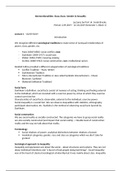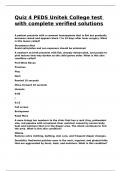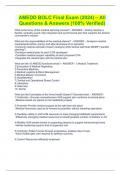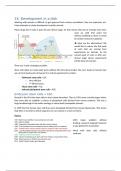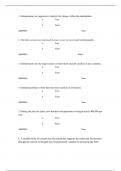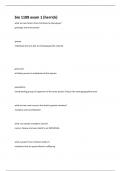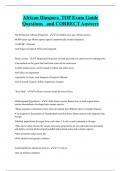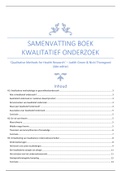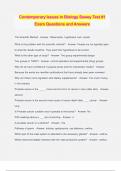Notizen
Intersectionalities: Class, Race, Gender, and Sexuality - Lecture Notes
- Kurs
- Hochschule
Lecture notes from the second-year Sociology course: Intersectionalities. The course was held during Semester 1, Block 1 by Prof. Sarah Bracke at the University of Amsterdam. Following up on social inequalities, intersectionality, race, gender, sexuality, class. Working with authors such as Stuart ...
[ Mehr anzeigen ]
